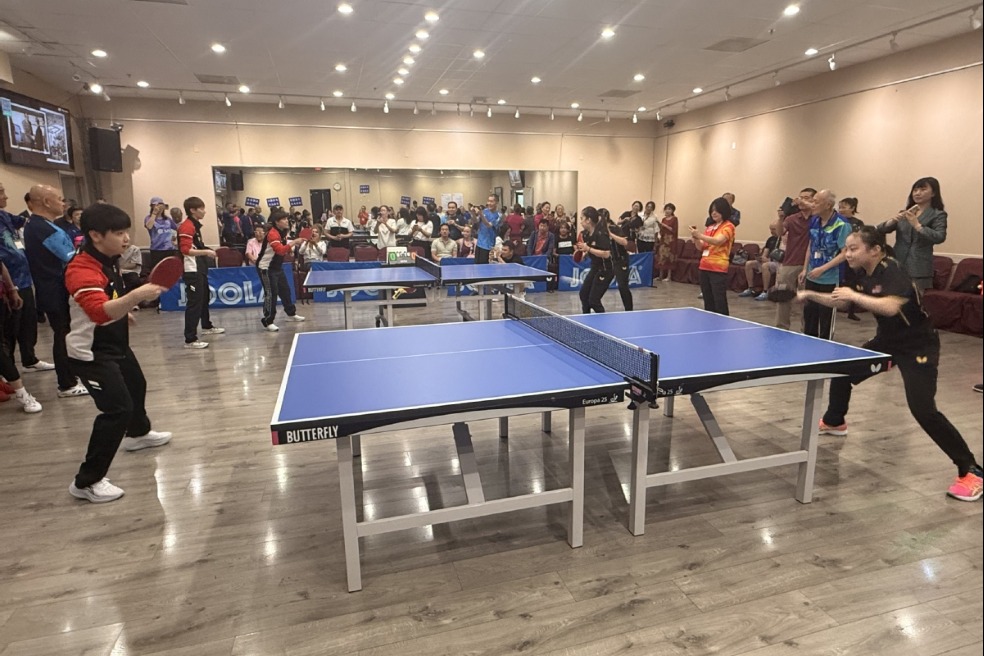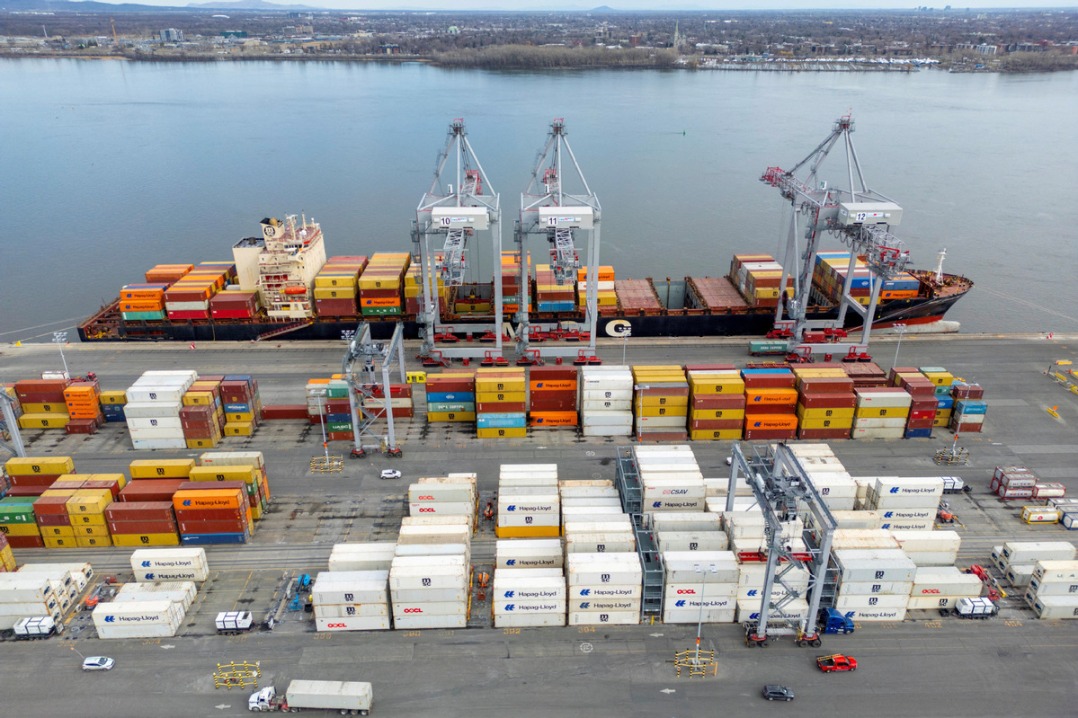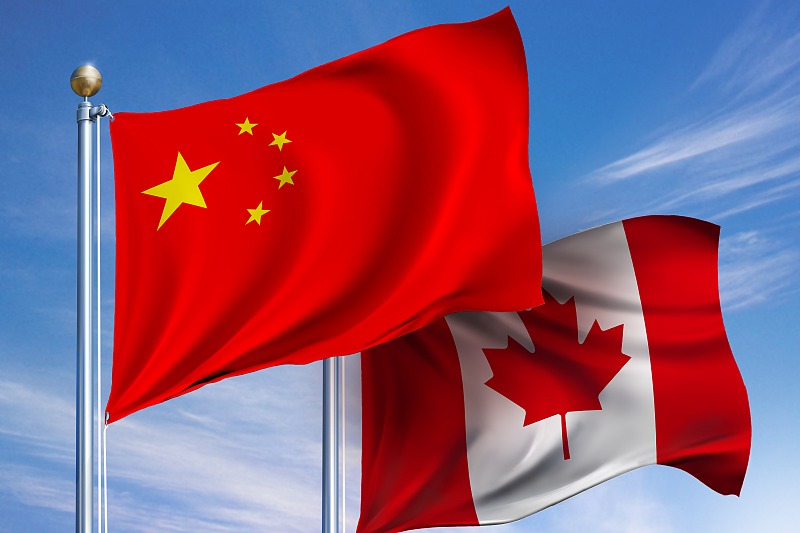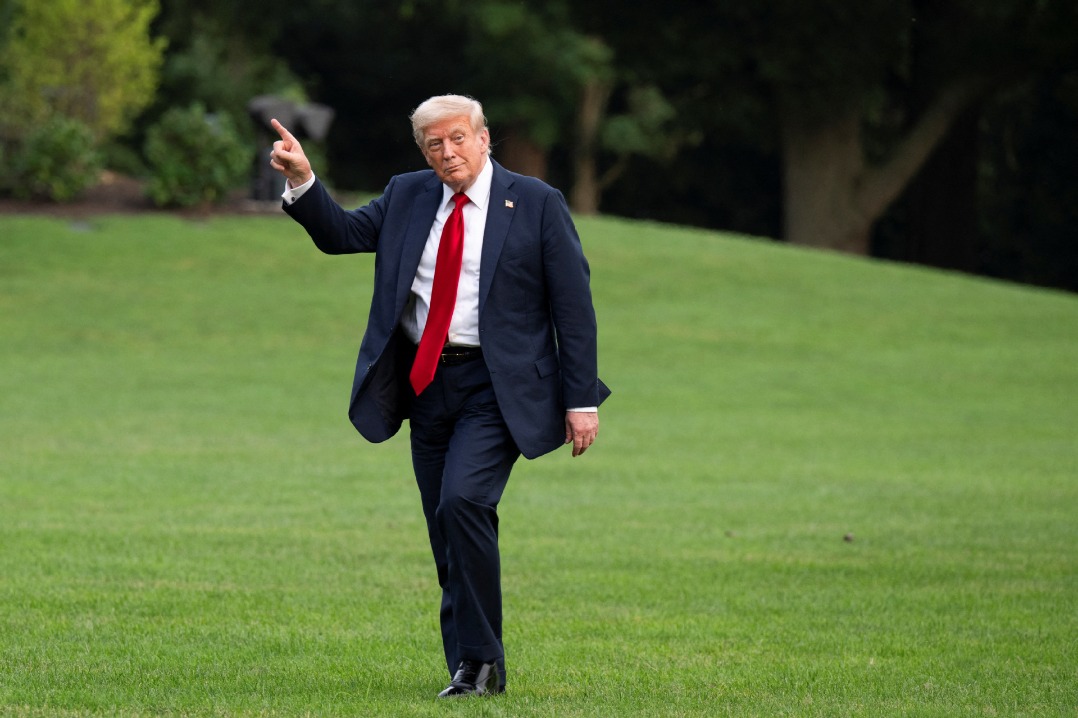Chinese initiatives steer APEC toward close, win-win cooperation

BEIJING - Leaders of 21 Pacific rim economies are set to renew their endeavors to advance regional integration and forge stronger partnership at the upcoming Asia-Pacific Economic Cooperation (APEC) Economic Leaders' Meeting in Da Nang, Vietnam.
Chinese initiatives that emphasize the concepts of openness, cooperation and sharing in global economic governance are believed to steer APEC members toward achieving their development goals and expanding mutually beneficial cooperation.
LEADING ECONOMIC INTEGRATION
The Free Trade Area of the Asia-Pacific (FTAAP), a manifestation of China's steadfast pursuit for globalization, has been envisioned as a major instrument for ensuring an open economy in the Asia-Pacific amid worries over trade protectionism and lack of growth momentum.
Hailed as "a strategic initiative critical for the long-term prosperity of the Asia-Pacific" by Chinese President Xi Jinping in his keynote speech at the APEC CEO Summit in Lima, Peru, last year, the FTAAP has been gaining steam especially after a collective study on the trade bloc was approved at the 2016 APEC Summit in Lima, the first substantial step toward its eventual realization.
"We need to stick to our agenda and take more effective actions to realize the FTAAP at an early date, thus bringing about an Asia-Pacific economy with greater openness," Xi stressed.
By encompassing all 21 APEC economies through trade liberalization, the FTAAP, once established, will become the world's largest free trade zone, covering 57 percent of the global economy and nearly half of world trade.
"The FTAAP, being highly inclusive, can embrace economies at different levels of development and fully accommodate their development needs and comfortability, and once established, will deliver economic gains dwarfing any existing regional FTAs," Zhang Jun, director-general of the Department of International Economic Affairs at the Chinese Foreign Ministry, has said.
Promoting the FTAAP on the basis of the Trans-Pacific Partnership (TPP) and the Regional Comprehensive Economic Partnership (RCEP) is a very ideal plan as the TPP is in an impasse and the RCEP also faces big challenges due to different levels of development in its member economies, Wang Jiangyu, associate professor at Faculty of Law of National University of Singapore, opined.
The RCEP is a free trade pact involving the 10-member Association of Southeast Asian Nations and six other countries -- China, India, Japan, South Korea, Australia and New Zealand.
China can carry out bilateral free trade negotiations with countries willing to open their markets within the RCEP framework and upgrade existing bilateral free trade deals to promote the formation of the RCEP, he elaborated.
REGIONAL CONNECTIVITY
While all 21 members have demonstrated leadership in one way or another, China has shown strong leadership in APEC on a whole range of initiatives, Alan Bollard, executive director of the Singapore-based APEC Secretariat, told Xinhua recently.
The APEC Connectivity Blueprint 2015-2025, which promises tangible action on physical, institutional and people-to-people connectivity, was adopted at the 2014 APEC meeting in Beijing to bring the APEC region closer.
As a significant action plan for the Asia-Pacific's long-term development, the blueprint also reflects the common aspiration of APEC economies for improved connectivity.
The China-proposed Belt and Road Initiative has also contributed in this regard, Wu Hongying, director of the Latin America office of the China Institute of Contemporary International Relations, noted.
With a focus on connectivity, the Belt and Road Initiative has been aligned with many regional and national development strategies and produced tangible results after being launched in 2013.
By May 2017, China's overall investment in the Belt and Road countries had surpassed 50 billion U.S. dollars. Chinese companies had set up 56 economic and trade cooperation zones in over 20 countries, generating some 1.1 billion dollars in tax revenue and 180,000 jobs.
China had also signed cooperation agreements with over 40 countries and international organizations, and established industrial capacity cooperation mechanisms with more than 30 countries.
Between 2014 and 2016, total trade volume between China and other Belt and Road countries exceeded 3 trillion dollars.
"It is a very big project, which is different from a trade agreement so we see it as a whole series of infrastructure projects and economic connectivity. The economic connectivity part is much in line with the APEC's connectivity blueprint. It's interesting to see what it can produce," Bollard has said.
Besides, China has played a positive role in creating shared interests for regional economies along with its own development through such proposals as the Asian Infrastructure Investment Bank (AIIB) and the Silk Road Fund.
The AIIB had provided 1.7 billion dollars in loans to nine projects carried out in the Belt and Road countries by May this year while the investment from the Silk Road Fund had amounted to 4 billion dollars.
INNOVATION & STRUCTURAL REFORM
In the midst of a slow and fragile global economic recovery, reform and innovation are being heralded as a recipe to the lackluster economic growth in the Asia-Pacific region.
"China's stance is incredibly important at this particular time. To realize its full economic potential, it'll have to take significant reform and move forward on that," Peter Drysdale, head of the East Asian Bureau of Economic Research of Australian National University, told Xinhua.
The ongoing supply-side structural reform and supportive policies for innovative entrepreneurship in China have produced positive effect on economic growth. It has led to a retreat of overcapacity and flourishing high-tech, service and other new industries.
China meanwhile aims to boost high-standard, two-way opening-up to push for shared and green development to make life better for its people.
The Chinese innovation is inspiring for many Asia-Pacific economies, according to Zhong Feiteng, a research fellow on Asia-Pacific and global strategy from the Chinese Academy of Social Science (CASS).
In Drysdale's view, if the APEC members press ahead with their own reform agendas together in a collective way, it will reinforce each other's liberalization and reform programs.
In this context, "Asian countries must lead in global economic governance because they are the focus of the world's attention. They are the ones that have to deliver," he said.

































